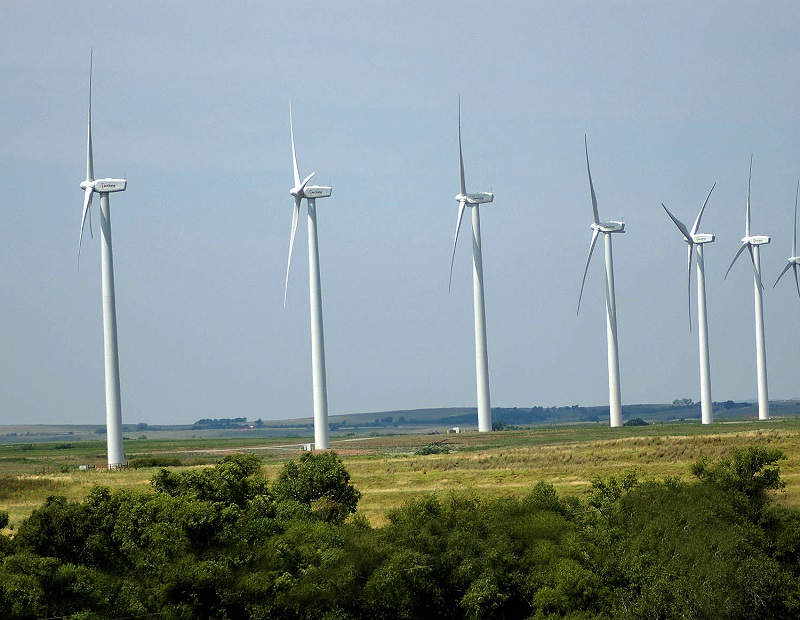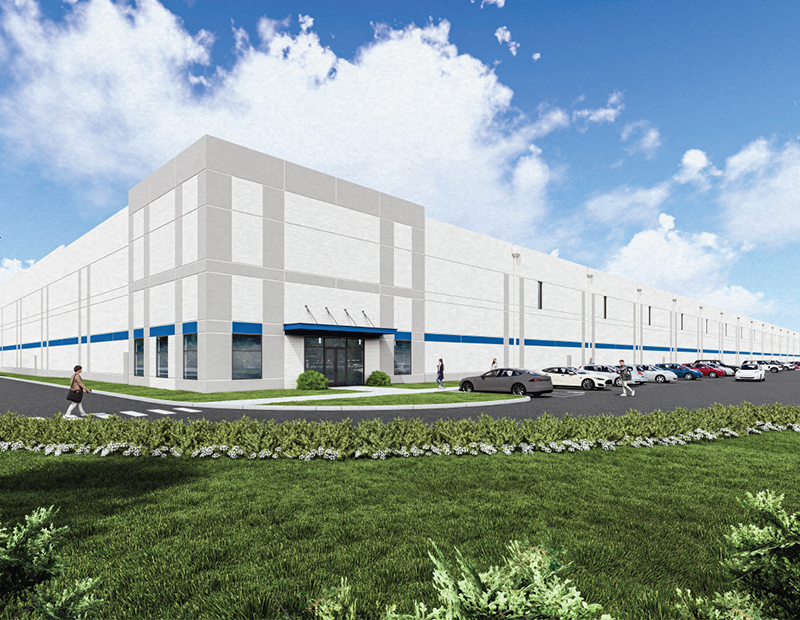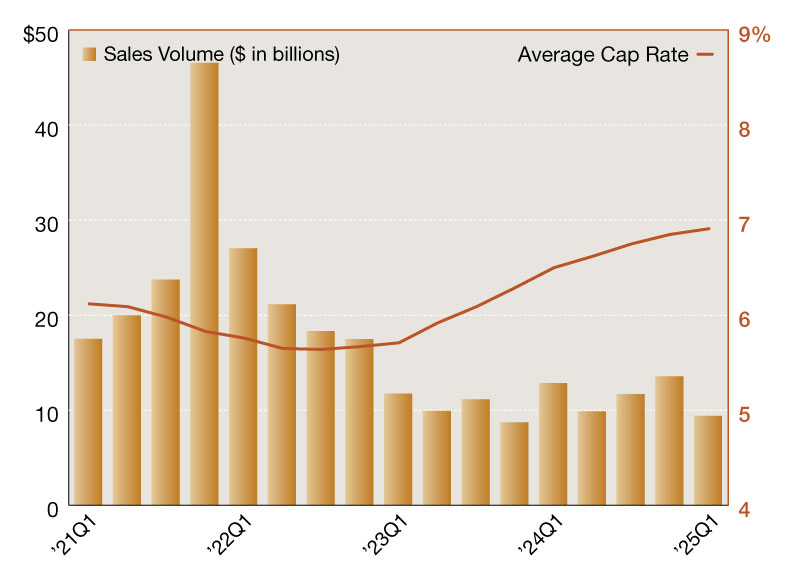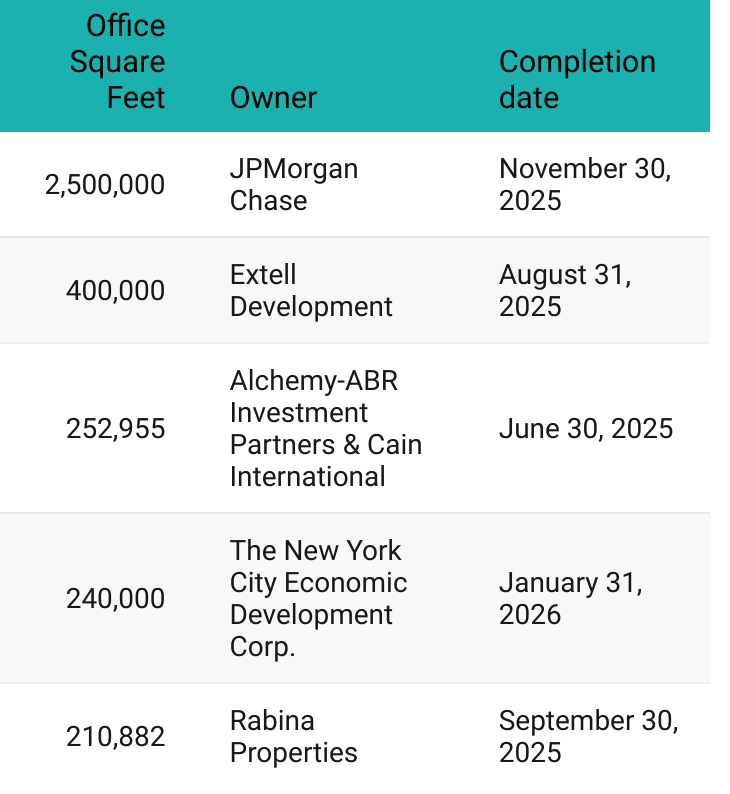Triple-Play Project Shows Glimpse of Generation’s Future
A 700-megawatt Oklahoma facility will be the largest in North America to unite wind and solar sources with storage capacity.

Image Courtesy of Western Farmers Electric Cooperative
An initiative encompassing three Oklahoma counties points the way toward a large-scale hybrid strategy for power generation. When it’s complete in 2023, Skeleton Creek Renewable Energy Center will be the largest project in North America to co-locate wind, solar and battery storage.
In July, Western Farmers Electric Cooperative signed a power purchase agreement with a subsidiary of NextEra Energy Resources to develop the project, which will serve a 14-state, 546,000-square-mile swath of the central U.S. in Oklahoma’s Garfield, Alfalfa and Major counties will host the project’s components.
“We’re seeing Western Farmers of Oklahoma lead the way with what really represents the future of how consumers will use energy and renewable energy in more efficient and cost-effective ways,” said NextEra spokesperson Bryan Garner. “Even though the wind’s not blowing or the sun’s not shining, the energy storage can help fill the gaps to make this kind of generation facility comparable to a traditional power plant but using all renewable energy.”
Skeleton Creek is slated to come online in two phases: Skeleton Creek Wind features 250 megawatts of wind energy and starts operations at the end of this year. Next is Skeleton Creek Solar, which also will generate 250 megawatts and begin operations in 2023. Also scheduled to start operations in 2023 is Skeleton Creek’s 200-megawatt storage component.
“The economics of this project help us maintain flatter rates versus the pressures of rising rates,” said Phillip Schaeffer, principal resource planning engineer for Western Farmers Electric Cooperative.
How to Store More
In addition to producing safe, low-cost clean renewable energy, the storage component of the project will have a 200-megawatt capacity and provide four hours of continuous power. That helps balance the grid load by moving capacity from low-demand to high-demand periods.
The time is ripe for a project like Skeleton Creek, Garner said. Though energy storage is still fairly new, the lithium ion technology is the same as used by electric vehicles. Storage technology can now function on a much larger scale than was once conceived and is now capable of storing utility-scale capacity for hours at a time. Declining costs of wind and solar generation makes them competitive with conventional sources.
Renewable energy now accounts for a third of global power capacity, according to research from the International Renewable Energy Agency. Of that total, hydro makes up 50 percent, followed by wind (24 percent), solar (20 percent) and 6 percent provided by alternate energy sources such as bioenergy.
Western Farmers Electric has a track record of investment in wind-power purchase agreements dating back to 2003 with its first solar power purchase agreement for roughly 74 megawatts of wind power with the developers of the Blue Canyon Wind Farm near Lawton, Oklahoma. NextEra Energy (NYSE: NEE) is the largest operator of wind and solar farms globally.
Potential economic benefits of Skeleton Creek include a $330 million capital investment; the addition of approximately $56 million in property taxes benefiting schools and local services; and 175 construction jobs.







You must be logged in to post a comment.